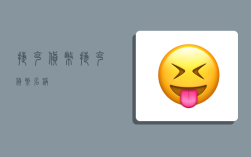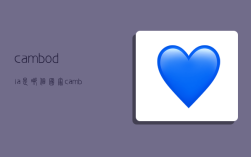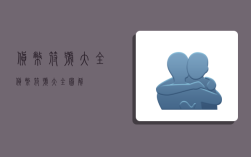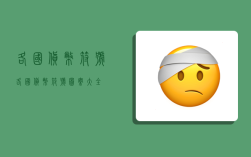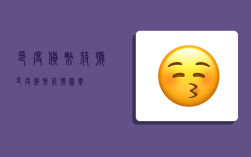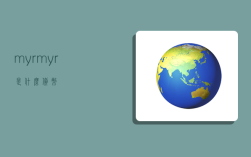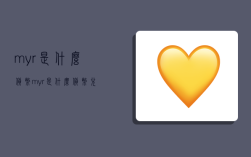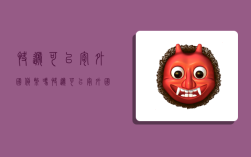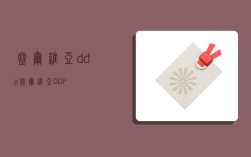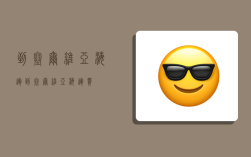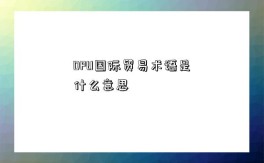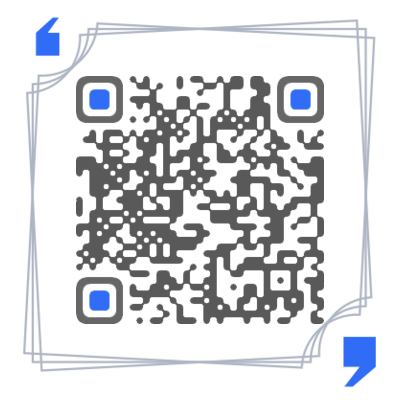RSD是什么货币,塞尔维亚第纳尔是欧洲国家塞尔维亚的货币
RSD塞尔维亚第纳尔是哪个国家货币,RSD塞尔维亚第纳尔是什么货币?RSD是指塞尔维亚第纳尔,RSD是塞尔维亚第纳尔的英文简写,英文全称是Serbian-dinars,RSD塞尔维亚第纳尔是欧洲国家塞尔维亚的本土货币。塞尔维亚第纳尔(Serbian-dinars)标准符号:RSD,货币原有旧符号:(din.;дин.),辅币进位制:1dinars=100 para。
| 本条目包含过多不是中文的内容,欢迎协助翻译。 若已有相当内容译为中文,可迳自去除本模板。 |
塞尔维亚第纳尔(Serbian dinars 原符号:din.;дин. 标准符号:RSD,CSD(2006年10月25日止)
目录
|
塞尔维亚第纳尔简介
ISO 4217 Code:RSD
User(s):Serbia (including parts of Kosovo)
Inflation:6.6%
Source:National Bank of Serbia, 2006
Subunit:1/100 para
Symbol:din. and дин.
Plura:The language(s) of this currency is of the Slavic languages. There is more than one way to construct plural forms. See article.
Coins
Freq. used :1, 2, 5, 10, 20 din.
Rarely used:50 para
Banknotes
Freq. used:10, 20, 50, 100, 200, 500, 1000 din.
Rarely used :5000 din.
Central bank:National Bank of Serbia
Website:http://www.nbs.yu
Printer:Institute for Manufacturing Banknotes and Coins - Top?ider
Website:http://www.nbs.yu/export/internet/english/zin
Mint:Institute for Manufacturing Banknotes and Coins - Top?ider
Website:http://www.nbs.yu/export/internet/english/zin
The dinar (plural: dinara, Serbian: динар, динара) is the currency of Serbia. An earlier currency also called dinar was the currency of the Principality, then the Kingdom, of Serbia between 1868 and 1918. The autonomous province of Kosovo and Metohia used the Deutsche Mark between 1999 and 2002, when it adopted the euro. The current Serbian dinar is a continuation of the last Yugoslav dinar.
The ISO 4217 code for the dinar is RSD (until October 25, 2006, it was CSD), the three-digit identifier is 941 (previously 891), while the local acronym is din or дин. The dinar is subdivided into 100 para (пара).
History
Medieval dinar
The first mention of a "Serbian dinar" dates back to the reign of Stefan the First-Crowned of the Nemanji? dynasty in 1214. Up to the fall of Despot Stefan Lazarevi? in 1459, most Serbian rulers minted silver dinar coins. The coin was an important symbol of Serbian statehood in the Middle Ages.
First modern dinar, 1868-1918
Following the Ottoman conquest, different foreign currencies were used up to the mid 19th century. The Ottomans operated coin mints in Novo Brdo, Kucajna and Belgrade. The subdivision of the dinar, the para, is named after the Turkish silver coins of the same name (from the Arabic bara, silver).[citation needed]
The 19th century rules of Kara?or?e and Prince Mihailo Obrenovi? III also saw circulation of many different currencies from all over Europe, 43 different kinds: 10 gold, 28 silver and 5 copper ones.[citation needed] Following the liberation from Turkish domination, steps were taken towards the establishment of an independent monetary system.
Faced with multiple currencies in circulation, Prince Mihailo Obrenovi? ordered that a Serbian national currency be minted. The first bronze coins were introduced in 1868, followed by silver in 1875 and gold in 1879. The first banknotes were issued in 1876. Between 1873 and 1894, the dinar was pegged at par to the French franc. The Kingdom of Serbia also joined the Latin Monetary Union.
In 1918, the Serbian dinar was replaced at par by the Yugoslav dinar, with the Yugoslav krone also circulating until 1920.
Second modern dinar, 1941-1944
In 1941, the Yugoslav dinar was replaced, at par, by a second Serbian dinar for use in the German occupied state. The dinar was pegged to the German Reichsmark at a rate of 250 dinara = 1 Reichsmark. This dinar circulated until 1944, when the Yugoslav dinar was reintroduced by the Communist Partisans, replacing the Serbian dinar at a rate of 1 Yugoslav dinar = 20 Serbian dinara.
Third modern dinar, 2003-
The Serbian dinar replaced the Yugoslav dinar at par in 2003, when Yugoslavia was transformed into the State Union of Serbia and Montenegro. Montenegro and Kosovo had already adopted the euro.
National Bank of Serbia
The National Bank of Serbia is the central bank of the Serbia and as such its main responsibilities are the protection of price stability and maintenance of financial stability.
Core functions of the National Bank of Serbia include determining and implementation of the monetary policy, as well as that of the dinar exchange rate policy, management of the foreign currency reserves, issue of banknotes and coins, and maintenance of efficient payment and financial systems.
Coins
First modern dinar
In 1868, bronze coins were introduced in denominations of 1, 5 and 10 para. The obverses featured the portrait of Prince Mihailo Obrenovi? III. Silver coins were introduced in 1875, in denominations of 50 para, 1 and 2 dinara, followed by 5 dinara in 1879. The first gold coins were also issued in 1879, for 20 dinara, with 10 dinara introduced in 1882. The gold coins issued for the coronation of Milan I coronation in 1882 were popularly called milandor (French Milan d'Or (Milan of Gold)). In 1883, cupro-nickel 5, 10 and 20 para coins were introduced, followed by bronze 2 para in 1904.
Second modern dinar
In 1942, zinc coins were introduced in denominations of 50 para, 1 and 2 dinara, with 5 dinara coins following in 1943.
Third modern dinar
Coins currently in circulation are 50 para; 1, 2, 5, 10, 20 dinar coins. All coins feature identical inscriptions in both scripts the Serbian language uses, Cyrillic and Latin.
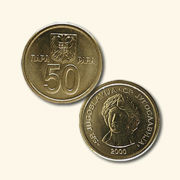 塞尔维亚第纳尔50para | 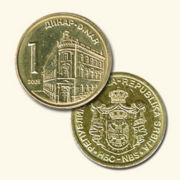 塞尔维亚1dinar |
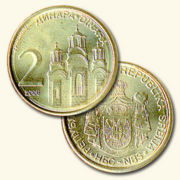 塞尔维亚2RSD | 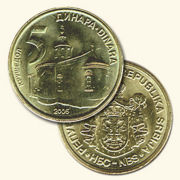 塞尔维亚5dinara |
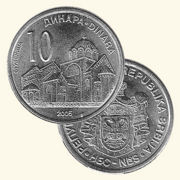 塞尔维亚10dinara | 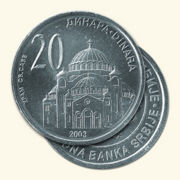 塞尔维亚20dinara |
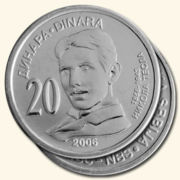 塞尔维亚20CSD_Coin_Tesla |
Banknotes
First modern dinar
In 1876, state notes were introduced in denominations of 1, 5, 10, 50 and 100 dinara. These were followed by notes of the Chartered National Bank from 1884, with notes for 10 dinara backed by silver and gold notes for 50 and 100 dinara. Gold notes for 20 dinara and silver notes for 100 dinar were introduced in 1905. During the First World War, silver notes for 50 and 5 dinar were introduced in 19143 and 1916, respectively. In 1915, stamps were authorised for circulation as currency in denominations of 5, 10, 15, 20, 25, 30 and 50 para.
Second modern dinar
In May 1941, the Serbian National Bank introduced notes for 10, 20, 50, 100, 500 and 1000 dinara. The 100 and 1000 dinara notes were overprints, whilst the 10 dinara design was taken from an earlier Yugoslav note. Further notes were introduced in 1942 and 1943 without any new denominations being introduced.
Third modern dinar
In 2003, banknotes of the Serbian National Bank were introduced in denominations of 100, 1000 and 5000 dinara. These were followed by 500 dinara in 2004, 50 dinara in 2005 and 10 and 20 dinara in 2006.
Banknotes carrying the inscription of the National Bank of Yugoslavia and its symbol ceased to be legal tender on 31 December 2006, as had been gradually replaced with new notes of the Serbian National Bank over the previous two years. Both the National Bank and commercial banks will exchange the banknotes without any fee until 31 December 2008. A further four years will be allowed for these transactions by the National Bank but they will be subject to fees.
 塞尔维亚10CSD——正面 |  塞尔维亚10CSD——反面 |
10 Dinara Portrait of Vuk Stefanovi? Karad?i?; members of the First Slavic Congress held in Prague in 1848 and vignette of the letters Vuk introduced. Banknote was originally released in 2000 in predominantly ochre-yellow colour with brown and green tones. It is gradually replaced with slightly lighter 2006 issue.
 塞尔维亚20CSD——正面 |  塞尔维亚20CSD——正面 |
20 Dinara Portrait of Petar II Petrovi? Njego?; 2006 edition features his figure on the back, instead of the statue from the Mausoleum on Mount Lov?en. Banknote was originally released in 2000 in predominantly green colour with ochre-yellow, and with brown and yellow tones, and it is somewhat darker than the National Bank of Serbia issue.
 塞尔维亚50CSD——正面 |  塞尔维亚50CSD——反面 |
50 Dinara Portrait of Stevan Stojanovi? Mokranjac; figure of Stevan Stojanovi? Mokranjac, a motif of Miroslav Gospel illumination scores. Banknote was first released in 2000 in predominantly light violet colour, with magenta and yellow tones. It was slightly redesigned in 2005.
 塞尔维亚100RSD——正面 |  塞尔维亚100RSD——反面 |
100 Dinara Portrait of Nikola Tesla; a detail from the Tesla electro-magnetic induction engine. Banknote was first released in 2000 in predominantly light and marine blue, with greenish and ochre-yellow tones. It was slightly redesigned in 2003, 2004 and 2006.
 塞尔维亚200CSD——正面 |  塞尔维亚200CSD——反面 |
200 Dinara Portrait of Nade?da Petrovi?; silhouette of the Gra?anica Monastery. Banknote was first released in 2001 in predominantly amber, red, and brown colours and grey-blue tones. It was slightly redesigned in 2005.
 塞尔维亚500CSD——正面 |  塞尔维亚500CSD——反面 |
500 Dinara Portrait of Jovan Cviji?; stylized ethnic motifs. Banknote was released in 2004 with blue-green tones and in greenish and yellowish colours.
 塞尔维亚1000RSD——正面 |  塞尔维亚1000RSD——反面 |
1000 Dinara Portrait of Dor?e Vajfert, an outline of Vajfert's beer brewery, hologram image of St. George slaying a dragon; details from the interior of the main building of the National Bank of Serbia. Banknote was released in 2001 in predominantly bright red colour, with yellowish and grey-blue tones. It was slightly redesigned in 2003 and 2006.
 塞尔维亚5000CSD——正面 |  塞尔维亚5000CSD——反面 |
5000 Dinara Portrait of Slobodan Jovanovi? and an ornamental detail from the building of the Serbian Academy of Arts and Sciences; silhouette of the National Parliament. Banknote was released in 2002 in predominantly green colour, with violet and grey-yellow tones. It was slightly redesigned in 2003.
The Serbian newspaper Danas and B92 reported in September 2006 that a set of completely renewed dinar banknotes will be issued in early 2007. The NBS did not confirm nor deny, but said instead that 'Treasury department has a lot of plans'.
RSD是什么货币,塞尔维亚第纳尔是欧洲国家塞尔维亚的货币
RSD是什么货币,塞尔维亚第纳尔是欧洲国家塞尔维亚的货币发表于2023-02-11,由周林编辑,文章《RSD是什么货币,塞尔维亚第纳尔是欧洲国家塞尔维亚的货币》由admin于2023年02月11日发布于本网,共9598个字,共5247人围观,目录为货币百科,如果您还要了解相关内容敬请点击下方标签,便可快捷查找与文章《RSD是什么货币,塞尔维亚第纳尔是欧洲国家塞尔维亚的货币》相关的内容。
版权声明:
文章:(RSD是什么货币,塞尔维亚第纳尔是欧洲国家塞尔维亚的货币),来源:塞尔维亚,阅读原文。
RSD是什么货币,塞尔维亚第纳尔是欧洲国家塞尔维亚的货币若有[原创]标注,均为本站原创文章,任何内容仅供学习参考,未经允许不得转载,任何内容不得引用,文章若为转载文章,请注明作者来源,本站仅为分享知识,不参与商业活动,若有侵权请联系管理删除
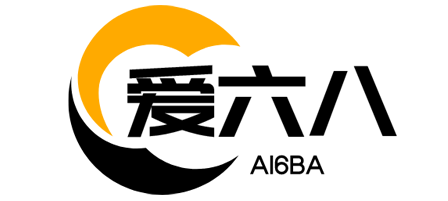

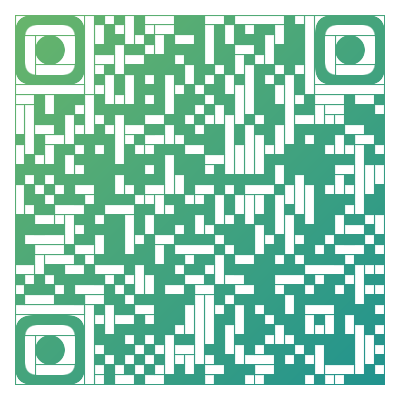 微信扫一扫打赏
微信扫一扫打赏
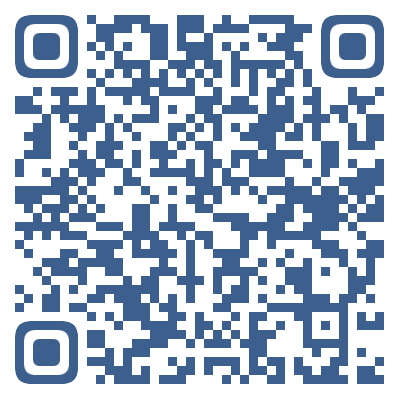 支付宝扫一扫打赏
支付宝扫一扫打赏
